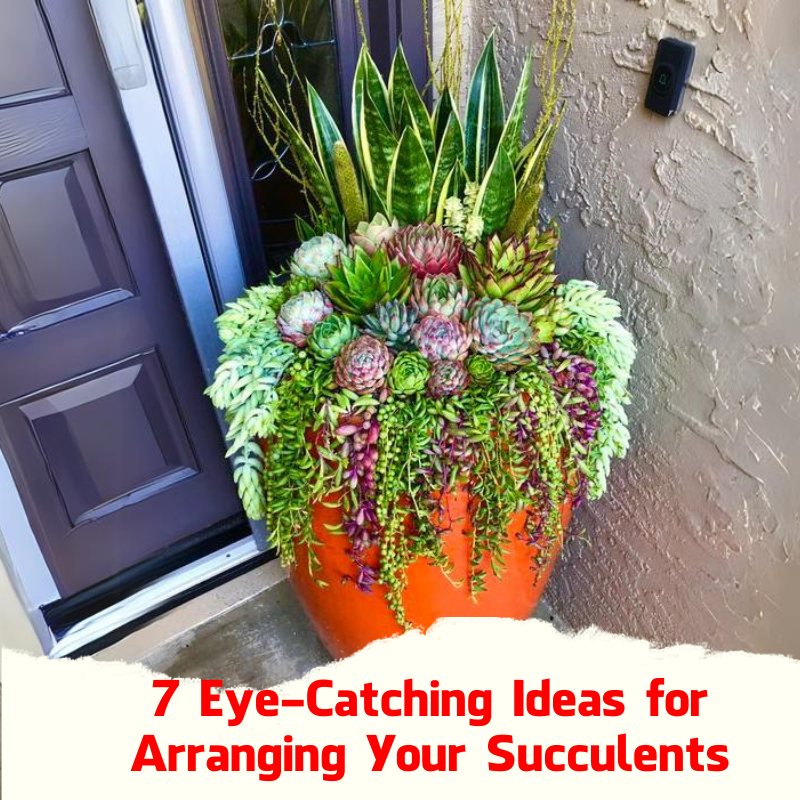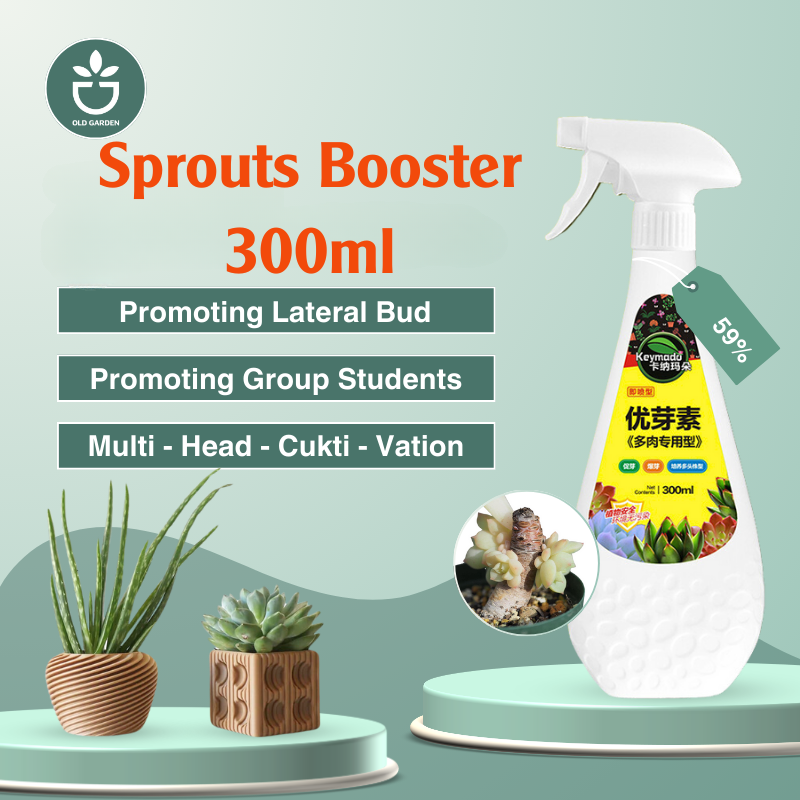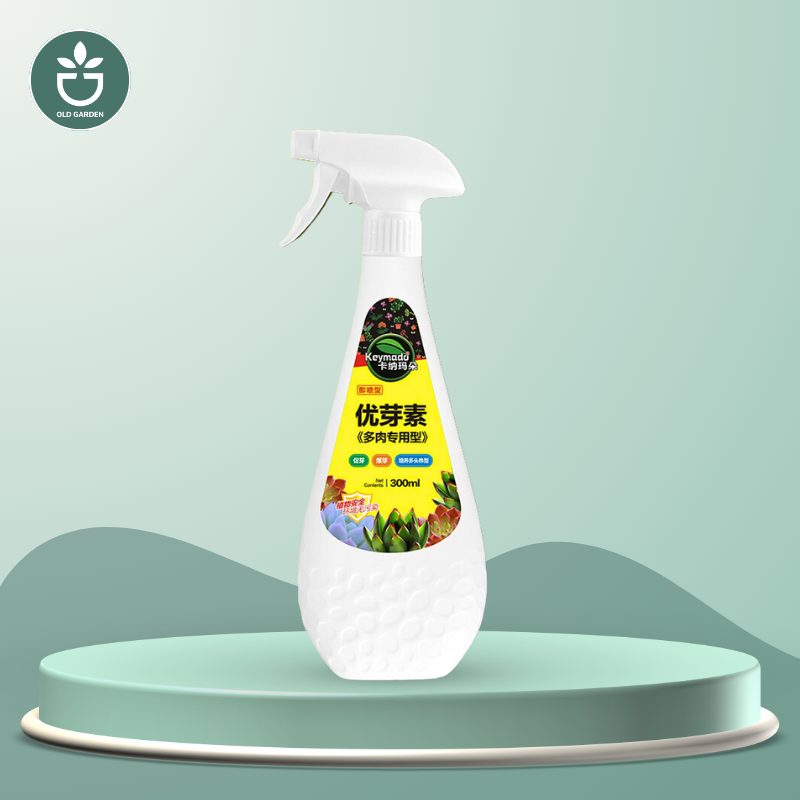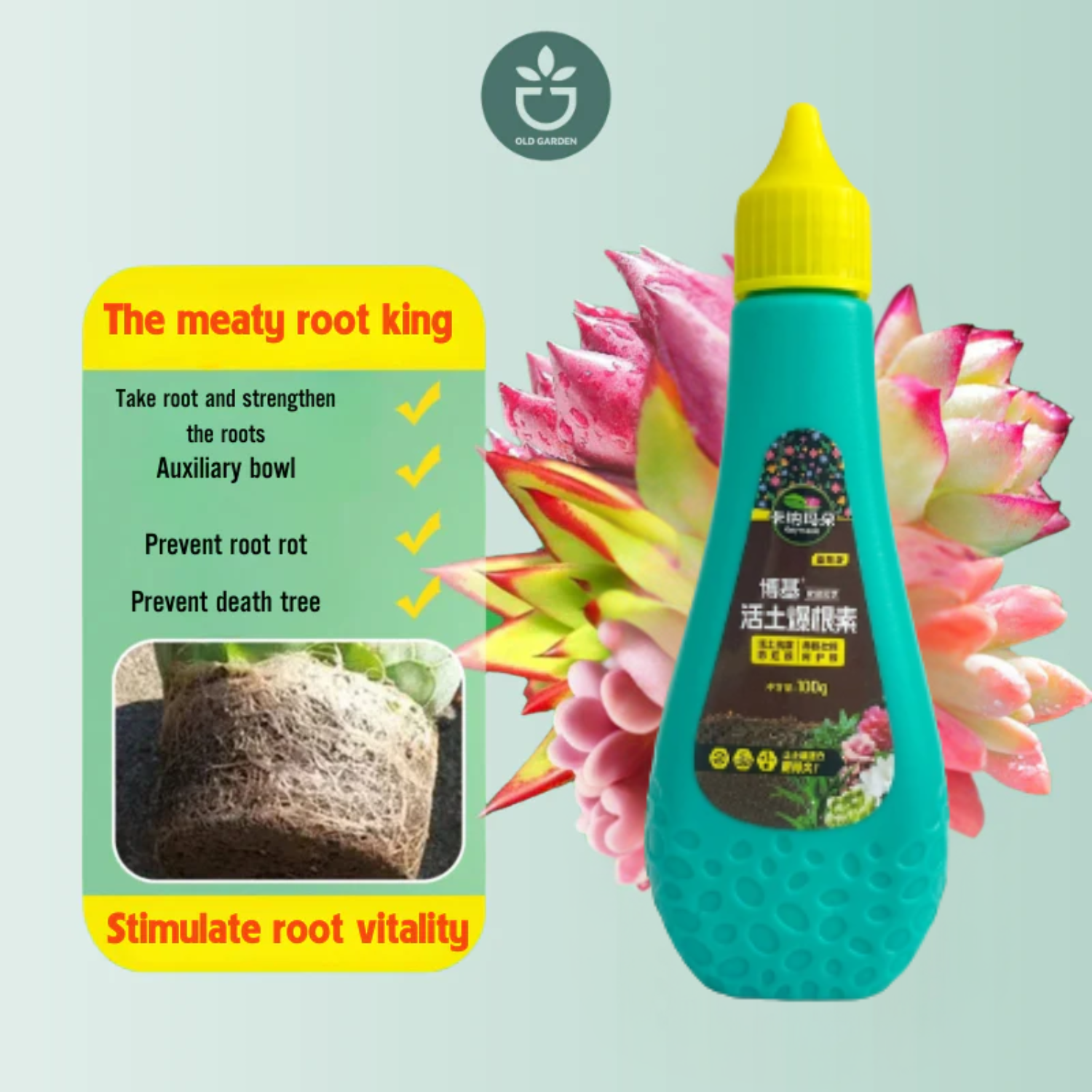Introduction
Succulents are a type of plant with thick, fleshy leaves and stems that are specially adapted to store water. They are a popular choice for indoor plants due to their low maintenance requirements and unique appearance.
Succulents belong to the plant family Crassulaceae and store water in their leaves, stems, or roots. This allows them to survive long periods of drought by minimizing water loss. Succulents come in a wide variety of shapes, sizes, and colors - from small rosettes to large columnar plants. Many have compact growth habits, making them well suited for growing in containers.
In recent years, succulents have surged in popularity as houseplants. Their sculptural forms and lush textures make them pleasing design elements both indoors and out. Beyond aesthetics, succulents are easy to care for. They require less water than most plants and can tolerate some neglect. This combination of visual appeal and simple care has fueled the succulent craze, making them a mainstream houseplant choice.

Benefits of Succulents
Succulents are popular houseplants due to their low maintenance requirements and visually appealing nature. Here are some of the top benefits of growing succulents:
Require Less Water
One of the biggest advantages of succulents is that they require far less water than most other plants. Their thick, fleshy leaves and stems are adapted to store water for long periods. This makes them extremely drought tolerant. You only need to water succulents when the soil is completely dry, which may be every 2-3 weeks. Overwatering is far more detrimental than underwatering for succulents.
Easy to Care For
In addition to needing less frequent watering, succulents are easy to care for in other ways as well. They thrive in warm, sunny conditions indoors. Succulents prefer fast-draining soil and small pots that won't retain moisture. While they appreciate direct light, they can tolerate some shade as well. Minimal fertilization is required. Overall, succulents are among the easiest houseplants to maintain.
Types of Succulents
Succulents come in a wide variety of shapes, sizes, and colors, which adds to their appeal for creative arrangements. Here are some of the most common types used:
Echeveria
Echeveria are some of the most popular succulents due to their stunning rosette shape and vibrant colors. There are over 100 varieties, with ruffled, pointed, or rounded leaves in shades of blue, pink, orange, green, and more. Some common types are Echeveria elegans, Echeveria agavoides, and Echeveria 'Perle Von Nürnberg'.

Sedum
Sedum have tiny, stubby leaves that form carpet-like mats in shades of green, red, purple, and gray. They are extremely drought tolerant and come in creeping, trailing, and upright forms. Some popular varieties are Sedum spurium, Sedum morganianum, and Sedum rubrotinctum.
Aloe Vera
Known for its healing gel, Aloe vera has thick, pointed leaves with white speckles. It forms rosettes and offsets easily, making it great for filling spaces. It comes in green, gray-green, and other shades.
Jade Plant
Jade plants have round, smooth leaves and thick woody stems. The leaves can be shades of deep green to red. Jade plants grow in tree-like, shrubby forms, adding structure and height to arrangements.
Choosing Containers
Choosing the right container is crucial for succulent arrangements to thrive. Here are some key factors to consider when selecting containers:
Drainage
Drainage is extremely important for succulents. These plants do not like to sit in water and soggy soil can cause root rot. Make sure to select a container with adequate drainage holes at the bottom. Unglazed terra cotta and ceramic pots work well as they allow excess water to evaporate from the sides. You can also add gravel or stones to the bottom of the container to improve drainage.

Size
Consider the size and shape of the container in relation to the succulents you plan to arrange. Small succulents like echeverias and sedums do well in shallow containers. Larger succulents like agaves and aloes require deeper pots. Make sure the container is large enough to accommodate the root systems of the mature plants. Also allow some extra room for new growth.
Material
Succulents prefer terracotta, ceramic, concrete, metal, and wood containers, which allow air flow and do not retain moisture. Avoid using glass containers or anything that doesn't have drainage holes. The material affects moisture and sun exposure. For example, terra cotta is porous so it absorbs water from the soil which helps it dry out faster after watering. Dark containers absorb more heat.
Soil
Succulents thrive in loose, well-draining soil. This allows oxygen to penetrate the roots and prevents soggy conditions that can lead to rot. The ideal potting mix for succulents includes:
- - A base of potting soil, coconut coir, compost, or a soil-less mix. This provides structure and nutrients.
- - Gritty material such as perlite, pumice, or coarse sand. Aim for approximately 50% gritty material in the total mix. This creates air pockets for drainage.
- - Optional additions like worm castings or activated charcoal for nutrients and moisture retention.
- - Avoid using heavy, dense soils with lots of peat or regular garden soil. These can compress over time and prevent proper aeration.
Test your soil mix by moistening and squeezing a handful. It should crumble easily and not form a clump. Well-draining soil is crucial for healthy succulents, so take the time to get your potting mix right!
Design Principles
When arranging succulents in containers, pay attention to design principles like color, texture, and height variation to create an appealing display.
Color
Choose succulents with a variety of colors to create visual interest. Go for a complementary color scheme, like blue and orange succulents together. Or create a monochromatic look with all green succulents in different shades and tones. You can also opt for succulents with dramatic colors like bright pink, red, or purple. Just be sure to repeat the colors in different places for unity.
Texture
Mix up the textures of your succulents. Some have smooth, waxy leaves while others are covered in soft hairs or spines. Using many textures adds depth and dimension. Consider combining succulents like echeverias with smooth rounded leaves along with cacti that have coarse ribbed textures.

Height Variation
Avoid creating a flat, uniform look by using succulents of different heights. Include some tall columnar types, medium rosettes, and low-growing trailing succulents. The height differences create a natural, organic look. Just be sure to place the tallest succulents in the back and shorter ones in front for proper visibility.
By paying attention to design principles like color, texture, and height variation when arranging your succulents, you can create a well-balanced and visually appealing composition. Get creative with mixing and matching different types of succulents to design a unique display.
Arranging Styles
There are several aesthetically pleasing ways to arrange succulents in containers. Some popular styles include:
Symmetrical
A symmetrical design creates visual balance by repeating the same shapes and patterns on both sides. This gives a pleasing sense of order and harmony. For example, you could plant the same succulents in matching shapes and sizes on either side of the container. Or make a pattern of alternating succulent types that mirrors itself across the pot.
Asymmetrical
While symmetry brings order, asymmetry creates visual interest through contrast. Asymmetrical designs place plants of different shapes, sizes, and colors together in a more freeform and organic way. This style looks casually artistic. You can embrace the unique growing habits of succulents to design abstract groupings.
Geometric
Use simple geometric patterns like rows, spirals, triangles, or grids to create an orderly, structured look. Neat and tidy geometric designs stand out with their precision. Play with different succulent shapes and colors to make geometric designs pop.
Abstract
For a modern, avant-garde look, use succulents to make unusual or abstract designs. Create swirling patterns, clustered groupings, or sparse arrangements with lots of negative space. You can highlight succulents' sculptural qualities in edgy, abstract designs. Let your imagination run wild.
Playing with different styles keeps succulent arrangements exciting. Mix and match symmetrical, asymmetrical, geometric, and abstract elements to create truly unique designs.

Creativity and Inspiration
Succulents offer endless possibilities for creative expression. Here are some tips for sparking your imagination:
- - Look through gardening magazines, Pinterest, Instagram etc for succulent arrangement ideas. There are so many unique containers and designs to draw inspiration from.
- - Don't be afraid to think outside the box. Household items like teacups, bowls, and decorative boxes can double as charming planters. Upcycle thrifted finds into one of a kind planters.
- - Incorporate additional decorative elements like rocks, sand, sea glass etc. These add visual interest and texture.
- - Use a variety of succulents with different shapes, sizes, and colors to create an eye-catching arrangement. Contrasting textures like frilly Echeveria and spiky cacti make a statement.
- - Create a theme or color palette for your arrangement. For example pastels, sunset colors, or coastal blues and greens.
- - Layer succulents of different heights for added dimension.
- - Embrace imperfect symmetry in your designs rather than rigid uniformity. Subtle variation makes arrangements feel more organic and free-flowing.
The most important tip is to let your creativity flow and have fun designing your personalized succulent garden!
Care
Succulents are relatively easy to care for, but they do have some specific needs when it comes to water, sunlight, and fertilizer.
Water
- - Succulents prefer infrequent but deep watering. The soil should be allowed to completely dry out between waterings.
- - Overwatering is the most common cause of death for succulents. Make sure excess water can drain out of the container to avoid rot.
- - In general, water about once every 1-2 weeks in the summer, and less frequently in the winter. Adjust based on your climate and the succulent types.
Sunlight
- - Most succulents thrive in bright, direct sunlight. At least 6 hours per day is ideal.
- - Insufficient sunlight will cause the plants to stretch and etiolate. Morning sun is better than afternoon.
- - Some succulents can tolerate partial shade, but full shade is not recommended.
Fertilizer
- - Use a balanced liquid fertilizer diluted to 1/4 or 1/2 strength during the active growing season.
- - Avoid over-fertilizing, as this can damage roots. Fertilize every 2-3 weeks in the spring and summer.
- - Do not fertilize during the winter when plants are dormant.
Conclusion
Succulents are a wonderful plant to grow for both beginners and seasoned gardeners. Their low maintenance and drought-tolerant nature makes them ideal for those who want an easy way to add greenery and life to their home.
When arranging succulents in containers, it's important to select the right potting mix and drainage, and group plants with similar light and water needs. Take inspiration from nature and art to create stunning compositions. Let your imagination run wild with colors, textures, shapes and sizes. Part of the joy of succulents is experimenting with different designs.
With a little creativity, anyone can make a beautiful succulent arrangement. Follow basic design principles to achieve visual balance. Play with height, color and texture variations to make eye-catching displays. Arrangements can be changed up whenever inspiration strikes.
Growing succulents is highly rewarding. These charming plants thrive on neglect and add cheer to any space. Take the plunge and try your hand at designing a gorgeous succulent garden. The end result will bring years of enjoyment.






